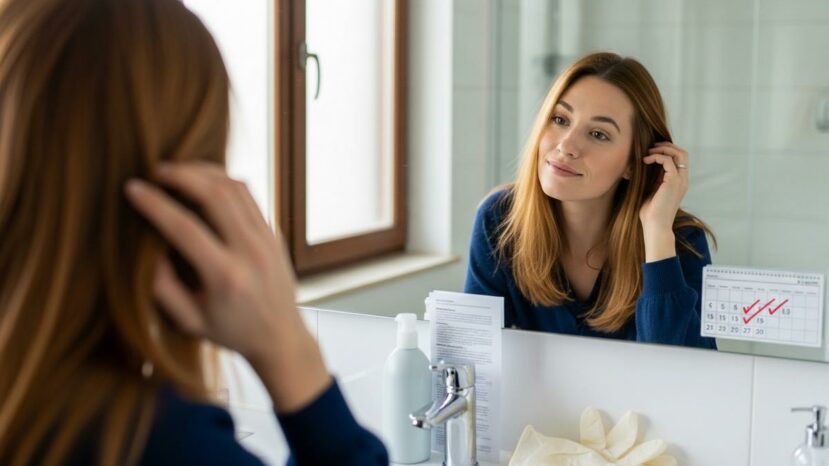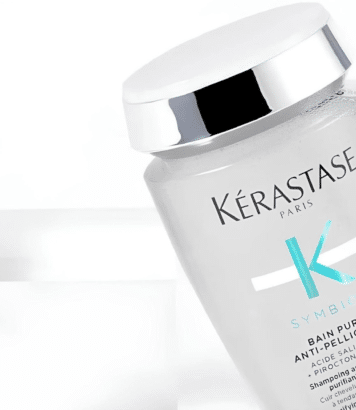Hair colouring: limit yourself to 4 per year to preserve your health

A change of head feels good, especially when the color promises radiance and confidence. Yet you’re wondering what the science says about its effects and how to use it
Color and health: what the science says
Today’s formulas are governed by strict safety regulations. What’s more, European authorities require regular assessments of hair ingredients. Risks exist above all for reactive skin or in cases of allergy. In short, vigilance is focused on sensitizations, not on a generalized alert linked to coloring.
Dermatologists mostly see localized skin reactions. A skin test 48 hours before application is therefore useful to prevent an allergy. Hairdressers, who are more exposed, are advised to reinforce their protection at work. On the other hand, occasional domestic use is associated with a much more limited risk if the instructions for use are followed.
The medical literature discusses long and repeated exposure. Scientific authorities also stress the importance of dose, frequency and route of exposure. Scalp condition and room ventilation must also be taken into account. Consequently, careful coloring under the right conditions significantly reduces discomfort and reactions.
“Prudence doesn’t rhyme with fear: get informed, dose, ventilate, and listen to your skin.”
Key coloring substances and alternatives
Ammonia, MEA, PPD and resorcinol are just some of the ingredients monitored. Each has a precise technical role, from fiber swelling to pigment fixation. What’s more, fragrances may contain known allergens. A well-tolerated hair color depends not only on the product, but also on the individual.
Plant-based options exist, such as henna or indigo. On the other hand, certain “metallic” powders disrupt results and complicate touch-ups. Brands are now opting for reduced fragrances and less fragrant bases. As a result, the customer experience is improving, without eliminating the need for precautions.
- Perform a skin test on the elbow 48 hours beforehand.
- Read the instructions from beginning to end, then respect the pause time.
- Ventilate the bathroom and wear gloves.
- Do not apply to irritated or injured scalps.
- Space out services and report any history of allergy.
Safe hair coloring at home and in the salon
Beforehand, prepare the ground with calm, clean skin. Avoid harsh scrubs and washes the day before. Also, take a photo of your current color to line up the lens. Successful coloring starts with an honest diagnosis.
While you’re at it, measure out the quantity and respect the indicated timing. In addition, work in sections to limit repeated overloading of lengths. Ventilate the room and rinse immediately in case of strong tingling. On the other hand, never accelerate color with an unintended heat source.
Afterwards, rinse until the water runs clear and apply a slightly acidic pH care product. This will close the cuticle and limit breakage. Also, schedule a gentle shampoo and nourishing mask for the following week. As a result, the shine lasts longer and the fiber remains supple.
What regulators and figures say
In Europe, Cosmetics Regulation (EC) No. 1223/2009 regulates ingredients and imposes limits. The SCCS evaluates safety dossiers and publishes public opinions. In addition, lists are drawn up restricting or prohibiting certain molecules, depending on the state of evidence. A compliant color is therefore based on tolerance tests and controlled concentrations.
Epidemiological studies remain nuanced for consumers. Thus, the signals concern mainly prolonged occupational exposure, classified as more risky by the IARC. Individual use, on the other hand, does not indicate a clear and constant danger. Consequently, the benefit-risk balance depends above all on frequency, product and sensitivity.
Trends: towards more responsible coloring
The market is moving towards milder-smelling formulas with controlled irritation profiles. Ammonia, for example, is sometimes replaced by MEA, which is less fragrant but requires thorough rinsing. In addition, direct pigments provide temporary highlights without oxidation. In short, the diversity of options makes it easy to choose the right product for every scalp.
Salons are stepping up ventilation and safety training for their teams. Some also opt for sensitive skin protocols and written diagnostics. As a result, service quality follows measurable standards, useful in the event of a reaction. On the other hand, the absence of prior testing complicates follow-up and management.
At home, keep your routine simple and regular. For example, note the date, shade and skin reaction to guide the next session. In addition, seek medical advice if you have a confirmed allergic history. In short, this logbook transforms the trial and stabilizes results over time.





No comments
Post a comment
Always participate in accordance with the law and with respect for others.